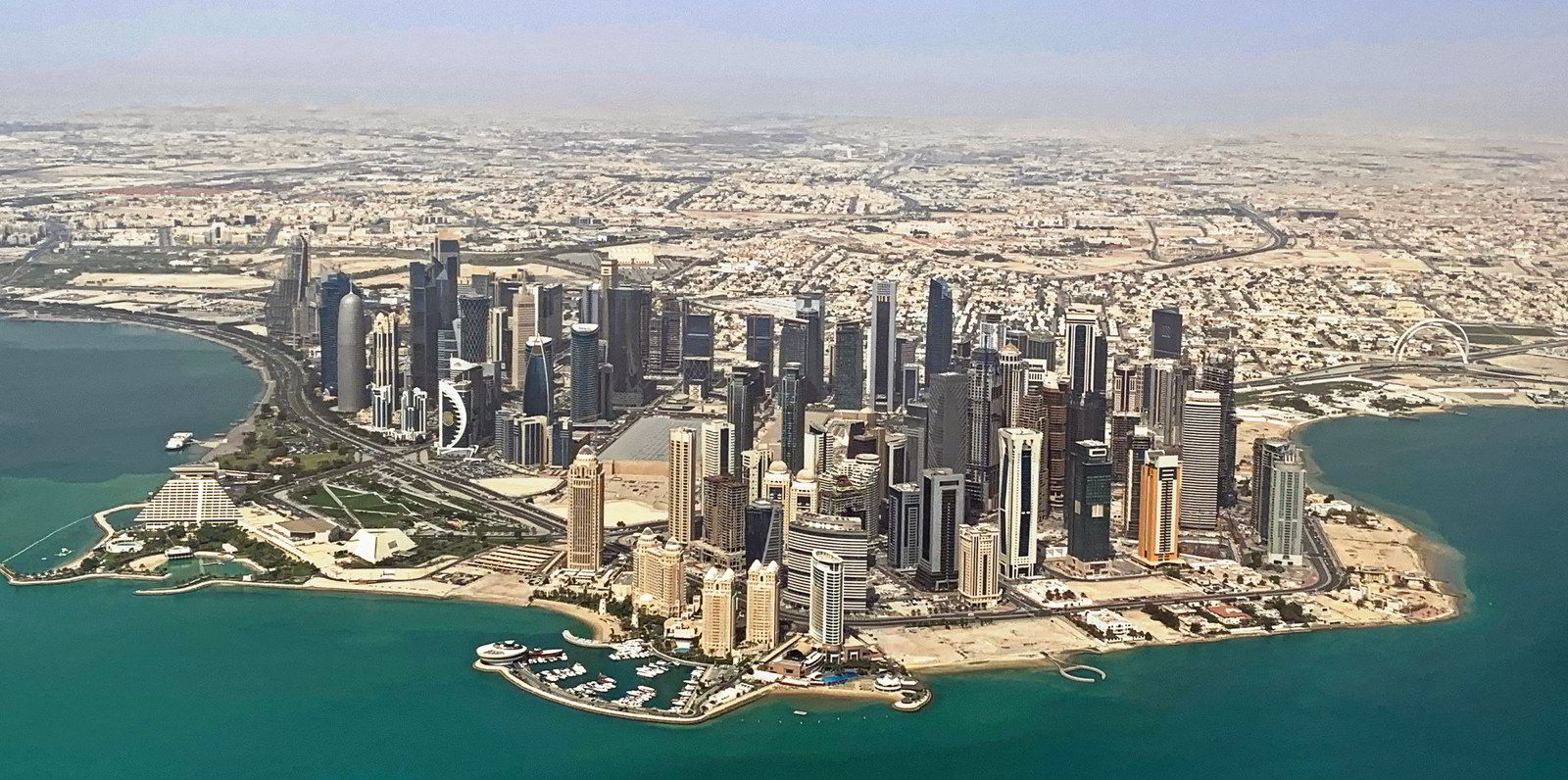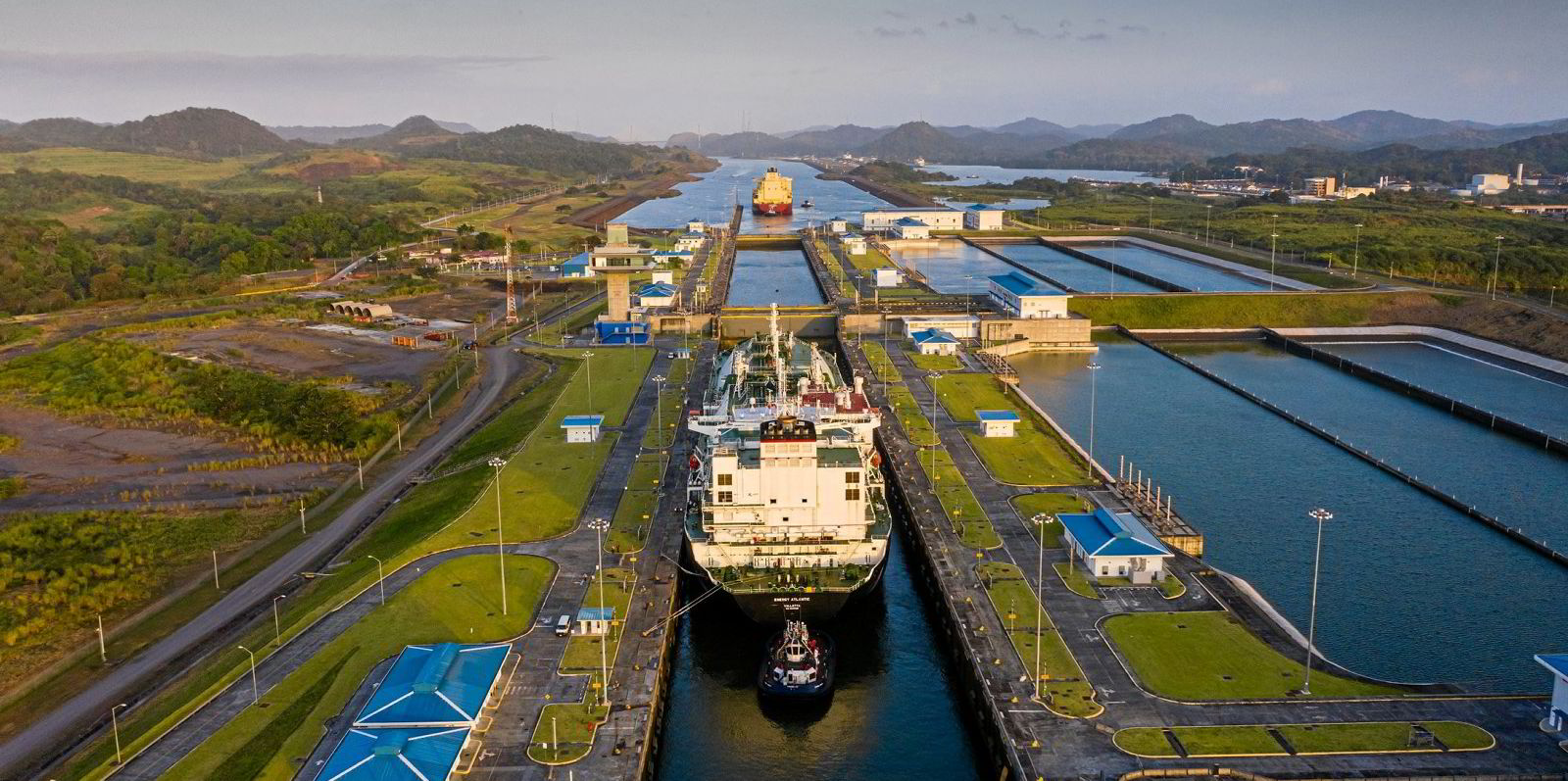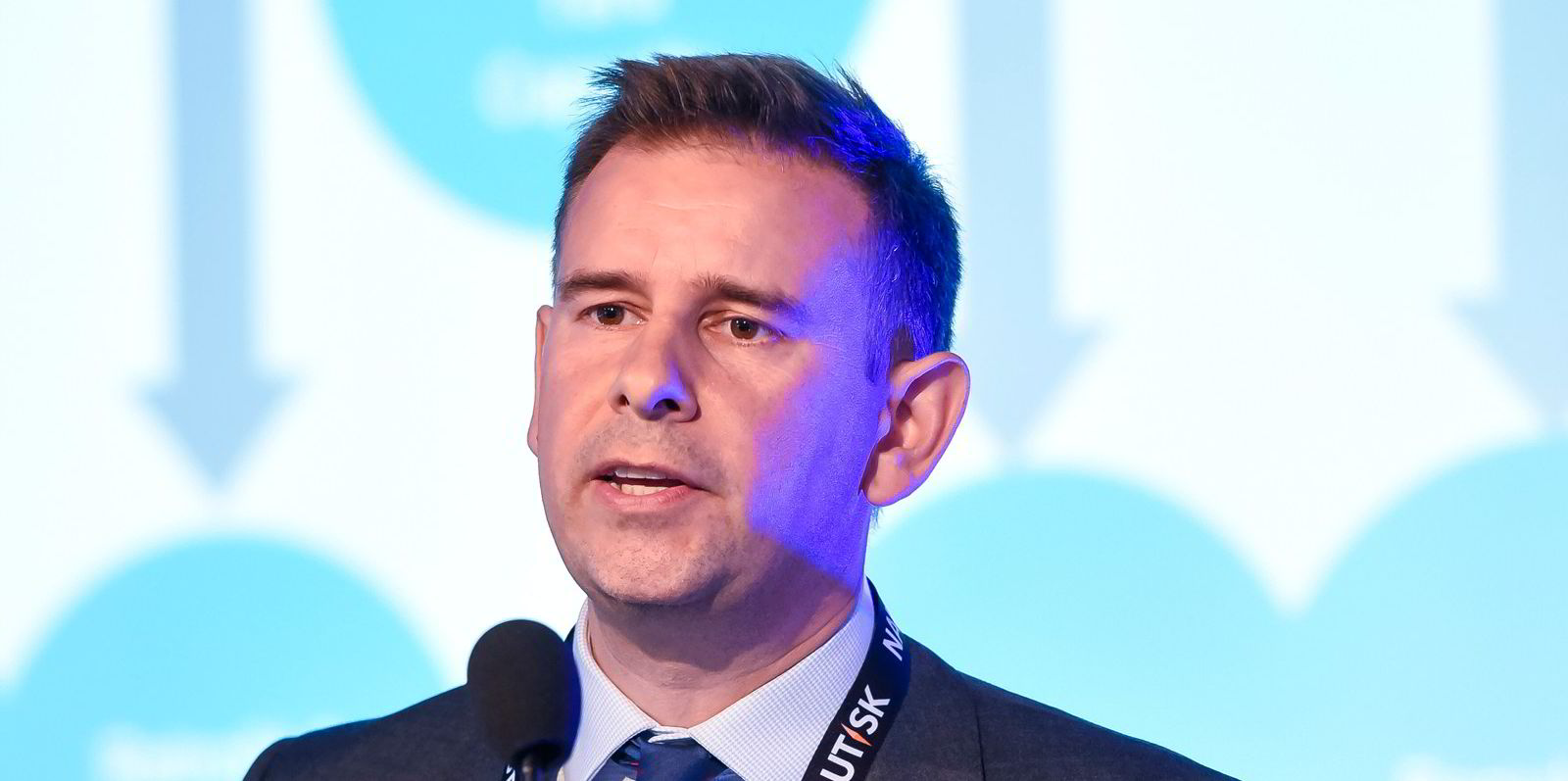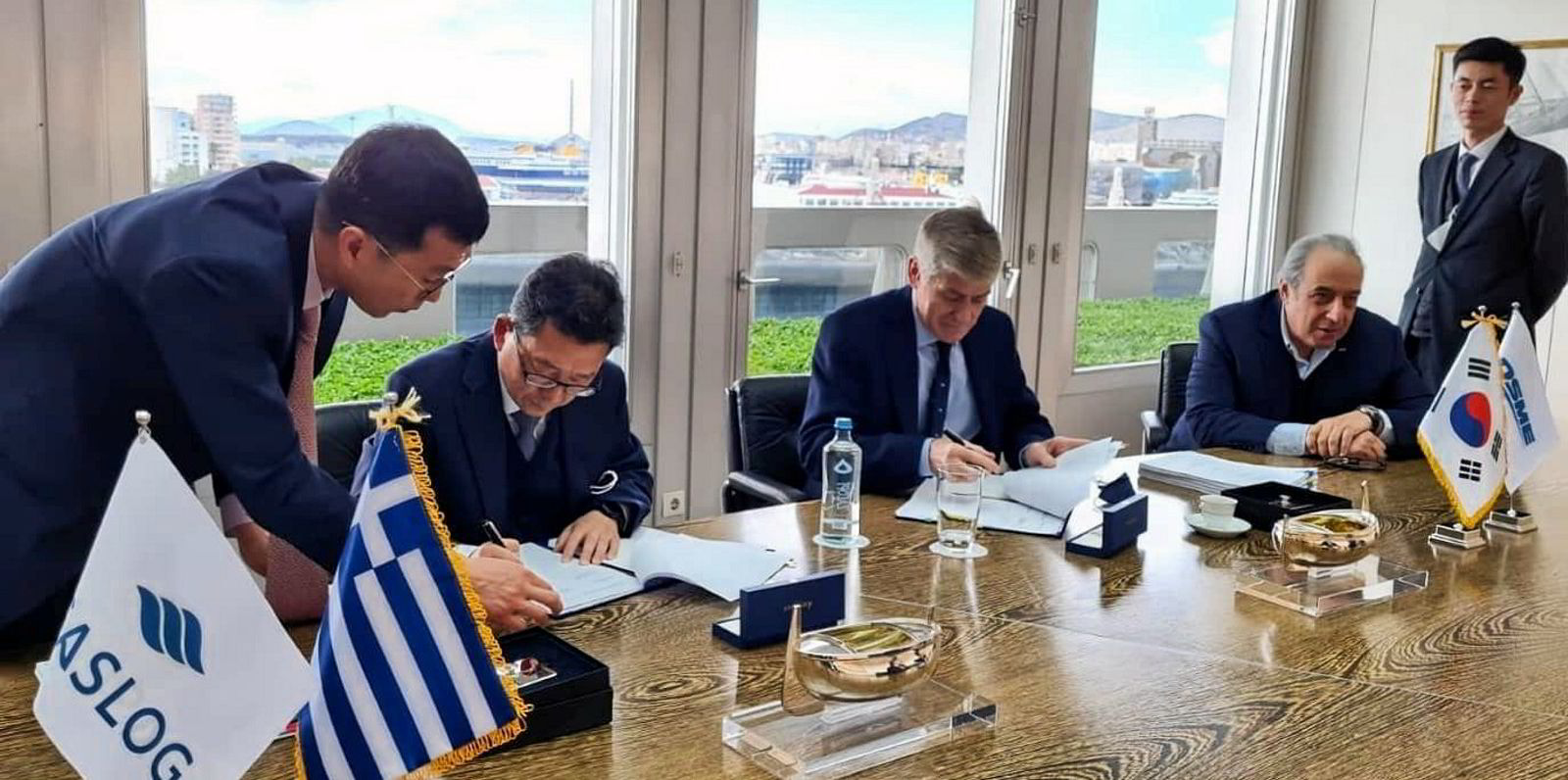Anticipated growth in LNG supply combined with fewer open newbuilding deliveries is expected to contribute to an increase in demand for shipping in 2022, according to shipbroker Fearnley LNG.
In its 'LNG Shipping 2021 annual report to January 2022' Fearnley said it sees a more balanced LNG market in 2022 as more product comes onstream and some facilities that have been having problems ramp up again.
The broker highlights that there are only 27 newbuildings due for delivery this year, almost half the number seen in 2021.
But in 2023 these ramp up again to 43 with 54 currently scheduled for handover in 2024.
"The additional LNG volume will contribute to higher tonne-mile demand and should tighten the shipping fundamentals," the broker said.
But it cautions that if Europe continues importing – due to cold weather or the need to replenish storage levels - and Asian demand remains limited then spot rates will "likely remain low" in the first quarter on the back of shorter shipping distances.
The broker said: "It's all very dependent on what portfolio players and traders choose to do with their vessels going forward, and whether those with options on their term deals exercise them. If these players choose to keep their vessels, we can expect limited fixing activity."

It added that with the current high gas prices, and comparatively low shipping costs against cargo subletting, incentives could be low.
The broker noted that the Indonesian coal export ban supports increased shipping demand and high fleet utilisation for the beginning of 2022. But in contrast, big LNG importer Japan has high inventories which could also affect the balance.
Rate forecasts
Fearnley is forecasting that average rates for two-stroke, gas-injection LNG carriers in the first quarter of 2022 will come in at around $60,000 per day, with the figure falling to $49,000 per day in the second quarter of the year.
It sees daily two-stroke rates averaging $164,000 over the winter of 2022 and $66,000 for the entire year, with a similar annual figure forecast for 2023.
Fearnley said "fundamentally tight shipping demand is expected in the years ahead".
The broker cited the increasing demand in Asia needing longer shipping distances, high gas prices allowing more willingness for companies to be longer on their LNG shipping, bottlenecks around the Panama Canal, the growth of LNG as a transition fuel, and incoming environmental regulations which will potentially reduce sailing speeds.
- Fleet: 747 vessels
- Existing: 583 vessels
- On order: 157 vessels
- Laid up: 7 vessels
- Top three shipowners with vessels on order: JP Morgan, Smart LNG and Knutsen LNG
- Steam turbine vessels over 20 years old: more than 50
- Top three charterers in 2021 by no. of fixtures: BP, Gunvor and TotalEnergies
- Top three charterers in 2021 by fixed days: TotalEnergies, Cheniere Energy and BP
- Top three companies by no. of fixtures concluded of less than three years: Gunvor, Cheniere Energy, BP
- Top three companies by no. of fixed days concluded for fixtures of under three years: Cheniere Energy, Maran Gas Martime, Flex LNG
Fearnley said predicting the market is "very difficult" as the spot and term sectors have disconnected with the former falling and sentiment remaining strong for period business.
The broker said that despite some speculative orders being placed in 2021, only 15% of the newbuildings delivering in the next four years are without long-term contracts.
Trade disruptions
Fearnley highlighted that while 20 mtpa of new liquefaction has come onstream since the start of 2020, supply outages at existing plants have disrupted trade volumes.
China and Brazil logged the highest increases in imported LNG. But India, now the world's fourth largest importer of LNG, and south Asian buyers saw lower imports in 2021 than in previous years.
In December, for the first time ever, the US became the largest exporter of LNG, joining giants Qatar and Australia at the top of the table.
Tonne-mile support
Fearnley said shipping demand by tonne-miles was higher in 2021 than in previous years, partly due to the increase in US volumes going to Asia.
But the broker said distances were also supported in December, despite more US cargoes going into Europe, as some liquefaction capacity came back onstream and vessels also made U-turns while en-route to Asia to return westward lengthening voyage times.
Fearnley found that fewer fixtures were concluded in 2021 than in 2020 but last year proved higher in the number of fixed days, reflecting a shift to long-term deals.
But the analysis shows that the number of one-year deal remained high in 2021 with 38 deals concluded in the year.
The broker said many of these deals were concluded in the first and second quarters giving rise to relatively low spot activity in the second half of 2021 as many vessels were already fixed to charterers.







